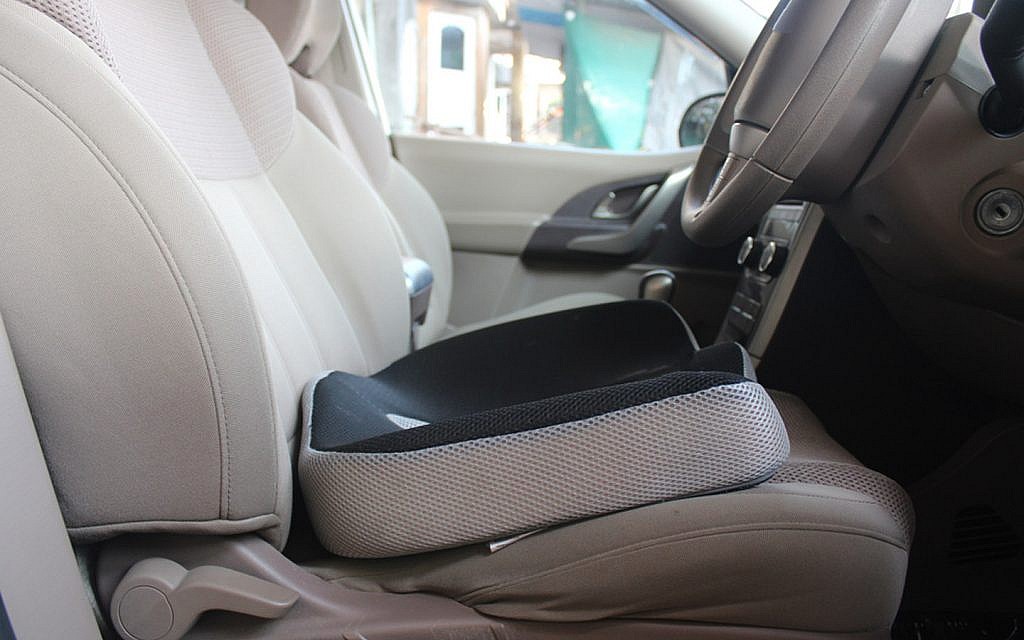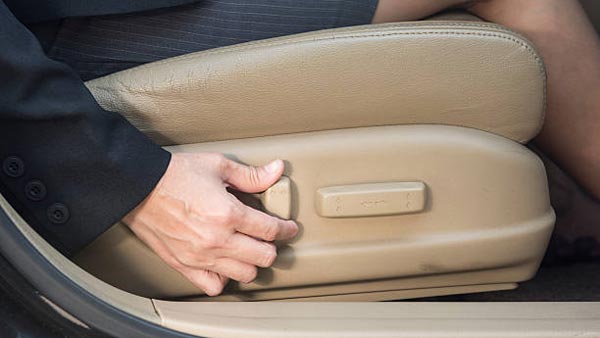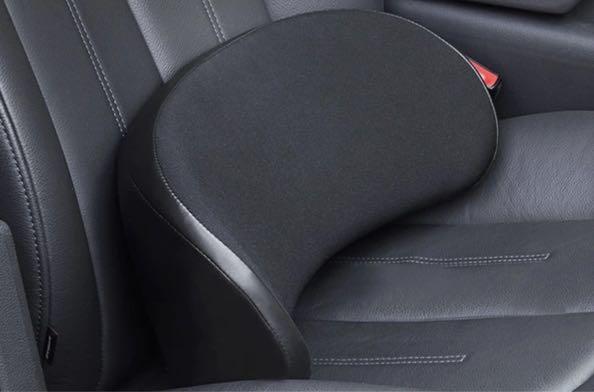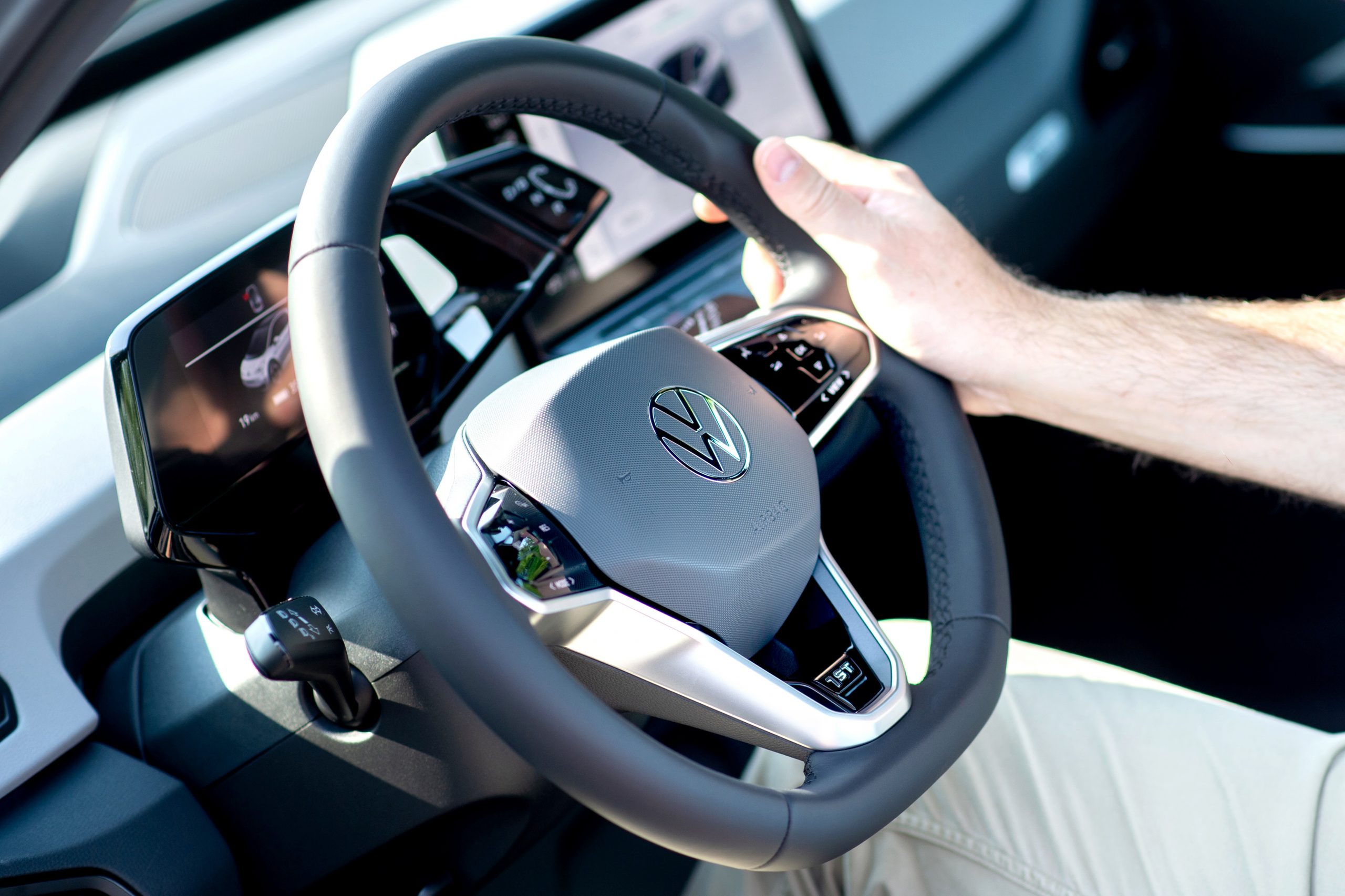
How to Set Up Your Car Seat to Prevent Back Pain?
Car rides can be enjoyable with the wind in your hair and your favorite music playing on the stereo. However, for those experiencing chronic back pain, car rides can turn into an uncomfortable ordeal. It’s crucial to address this issue, as improper seating can exacerbate existing back problems and potentially lead to long-term health issues. The good news is, setting up your car seat properly can make a significant difference in your comfort and health.
In this regard, I stumbled upon a fantastic resource detailing a system named the back pain miracle, which aids in alleviating back pain effectively. It employs ancient strategies developed a century ago to treat the root cause of back pain. While I highly recommend giving that a read, let’s jump into how you can set up your car seat to prevent any back-related issues.
Adjust the Seat’s Height and Angle

First and foremost, adjusting the height of your car seat is essential. Ensure that you have a clear view of the road and that your knees are not too high up, as this can increase pressure on your lower back. Adjust the seat angle to maintain a natural spine curve; this reduces the strain on your back muscles.
Lumbar Support

Lumbar support is crucial to prevent lower back pain. If your car seat doesn’t provide adequate lumbar support, you might consider getting an additional cushion. Make sure it is positioned to support the natural curve of your spine.
Seat Depth
A proper seat depth should allow you to sit fully back in your seat while having 2-3 inches space between the back of your knees and the seat. This helps in reducing pressure on the nerves and blood vessels, hence preventing numbness during long drives.
Steering Wheel Position

Ensure the steering wheel is at a comfortable distance to prevent leaning forward, which can strain your neck and upper back. Your elbows should be slightly bent while holding the steering wheel, and your hands should be at the 9 and 3 o’clock positions.
Headrest
Adjust the headrest to support the middle of your head to avoid neck strain. It should not force your head forward or be too low, as this can cause problems in the event of a crash.
Taking Breaks
For longer journeys, it’s beneficial to take regular breaks to stretch your legs and back. During these breaks, you might want to do some back stretches to relieve tension. In fact, you can find some great movements to try in the “9 core exercises to complement your pull-up routine” article.
Regular Maintenance
Maintaining a good car condition also plays a vital role. Ensure your car suspension and seats are in good shape to avoid extra strain on your back. Regular maintenance checks will help in keeping the vehicle conducive for a pain-free ride.
Seat Material

Lastly, the seat material can affect your comfort during the drive. Seats with good cushioning can provide better support and comfort. If you’re considering a change, delve deep into the available options before making a choice. You might find inspiration from articles like “how to select the perfect wood for your boat project” which, although focuses on boats, brings attention to the importance of material choice in ensuring comfort.
In conclusion, making these simple adjustments can create a more comfortable and safer driving experience, especially for those dealing with back pain. Remember to consult with a healthcare provider if you have chronic back pain or other health issues to get advice tailored to your personal health situation. Stay safe and drive comfortably!
The Role of Good Posture
It is widely acknowledged that maintaining good posture goes a long way in averting back pain, especially during long drives. Keeping your back straight, avoiding slouching, and ensuring your feet can easily reach the pedals can be quite advantageous. Besides giving you a better control of the vehicle, it also prevents the onset of back pain by reducing pressure on the spinal discs. You might also want to invest in ergonomic car accessories that facilitate good posture. The key here is to be conscious about your posture and correct it whenever you find yourself slouching.
Cushions and Seat Covers
An underrated yet highly effective solution is opting for cushions and seat covers that provide additional support. There are seat covers available in the market designed specifically to add a layer of comfort and support to your car seats. These covers work by distributing your body weight evenly, thus preventing pressure points that can lead to back pain. Moreover, they come in various materials like memory foam and gel, which contour to your body shape, providing personalized comfort. Choosing a cushion with the right thickness and material can be a game-changer in preventing back pain during long drives.
Steering Wheel Grip
Your grip on the steering wheel is another pivotal factor in determining your comfort level during a drive. A tight grip can lead to muscle strain and eventually result in back pain. It is recommended to hold the steering wheel lightly and to change your grip position occasionally to avoid straining the muscles in your back and shoulders. Moreover, you can adjust the steering wheel’s tilt and telescopic settings to find the most comfortable position for your arms, thus reducing the strain on your back. In essence, having a relaxed grip coupled with periodic adjustments can help in mitigating the risk of back pain.

